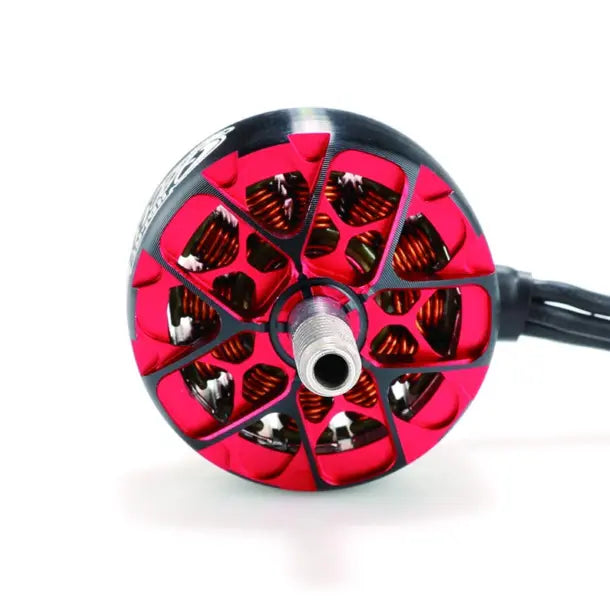
Brushless motors used in the RC (remote control) hobby industry often share certain common characteristics. Here’s a general description of brushless motors and their features:
1. Brushless Motor Design:
Brushless motors are known for their reliability and efficiency compared to brushed motors.
They don’t have physical brushes, which means less wear and tear over time.
Typically, they consist of a rotor and stator, with multiple windings on the stator coils.
2. KV Rating:
The “KV” rating indicates the motor’s RPM (revolutions per minute) per volt.
A 1900KV motor, like the one you mentioned, means that it will spin at approximately 1900 RPM for every volt supplied to it, under no load.
3. Voltage Rating:
The “6S” in the motor’s specification (6S Brushless Motor) refers to the number of lithium-polymer (LiPo) cells it’s designed to be used with. In this case, it’s designed for 6S LiPo batteries, which have a nominal voltage of around 22.2 volts (fully charged).
4. Size:
The “2306.5” in the specification likely refers to the motor’s dimensions. It’s common for brushless motors to be specified by their stator size (diameter and height).
5. Application:
Brushless motors like the HGLRC Aeolus 2306.5 1900KV 6S are commonly used in quadcopters, drones, and other RC aircraft.
They provide the necessary power and efficiency for various aerial applications, including racing and freestyle drones.
6. Construction:
Brushless motors are typically built to be durable and capable of handling high speeds and loads.
They may have features like a lightweight design, high-quality bearings, and a balanced rotor for smooth operation.
HGLRC Aeolus 2306.5 Brushless Motor
Aeolus 2306.5 KV2550
No.of Stator Arms:12N
No.of Rotor poles:14P
Motor Resistance:39mΩ
Max Continuous Current:49.3A
Maximum Power:789W
No.of Cells(Lipo):11.1-16.8V(3-4S)
ESC:>60A
Recommended Prop(inch):5 Inch
Wire type:20AWG x 140mm
Weight:37g


